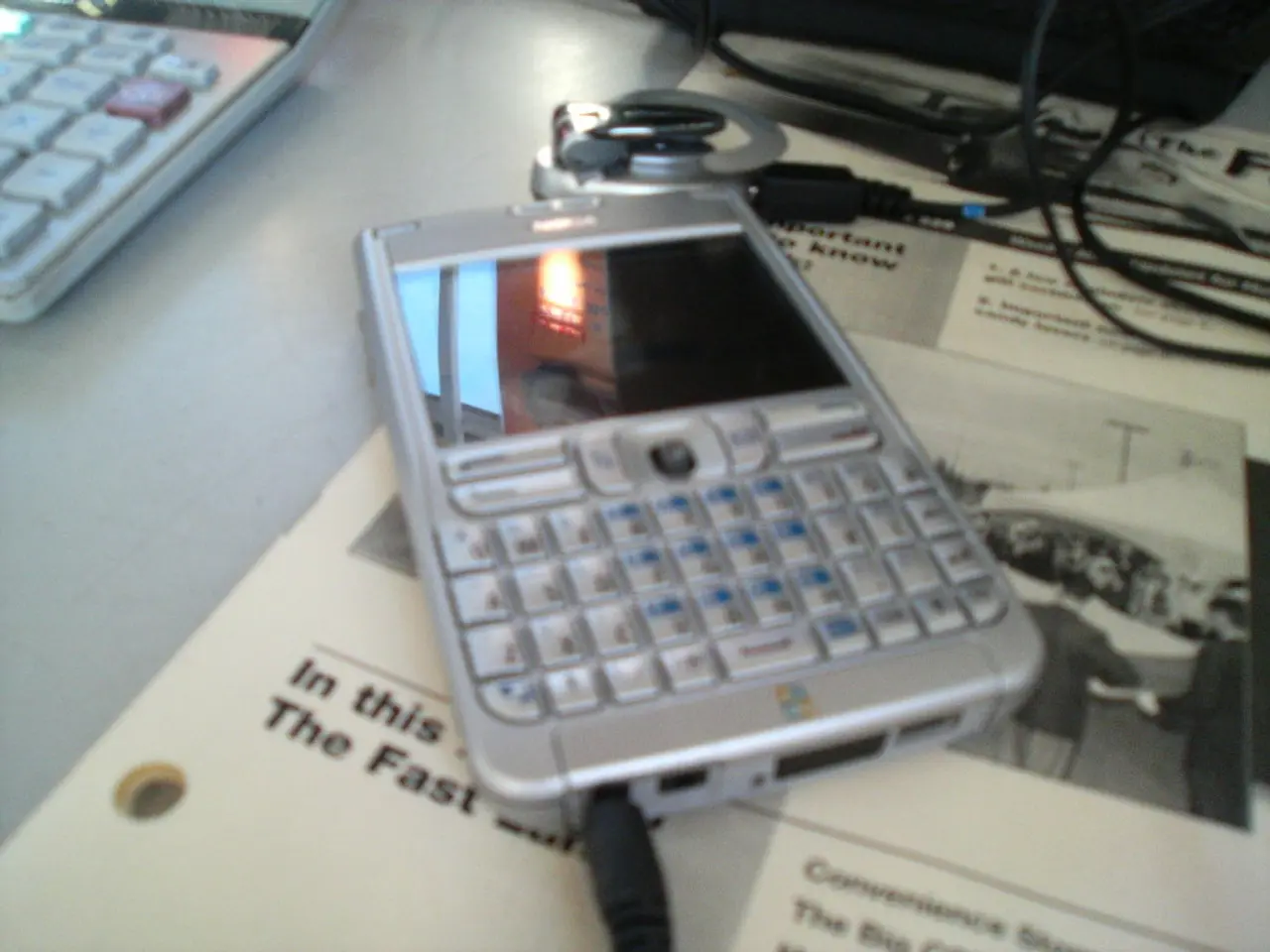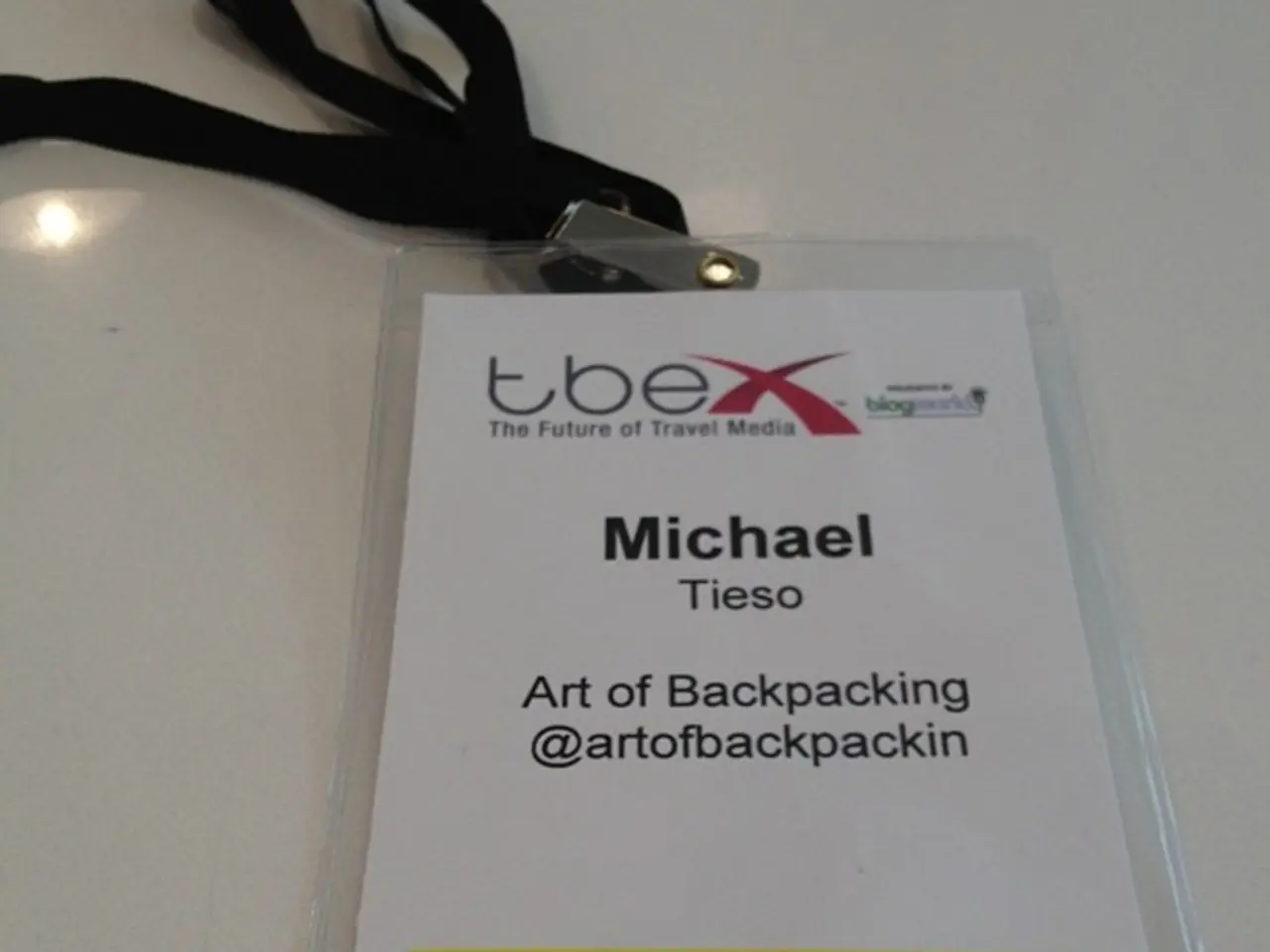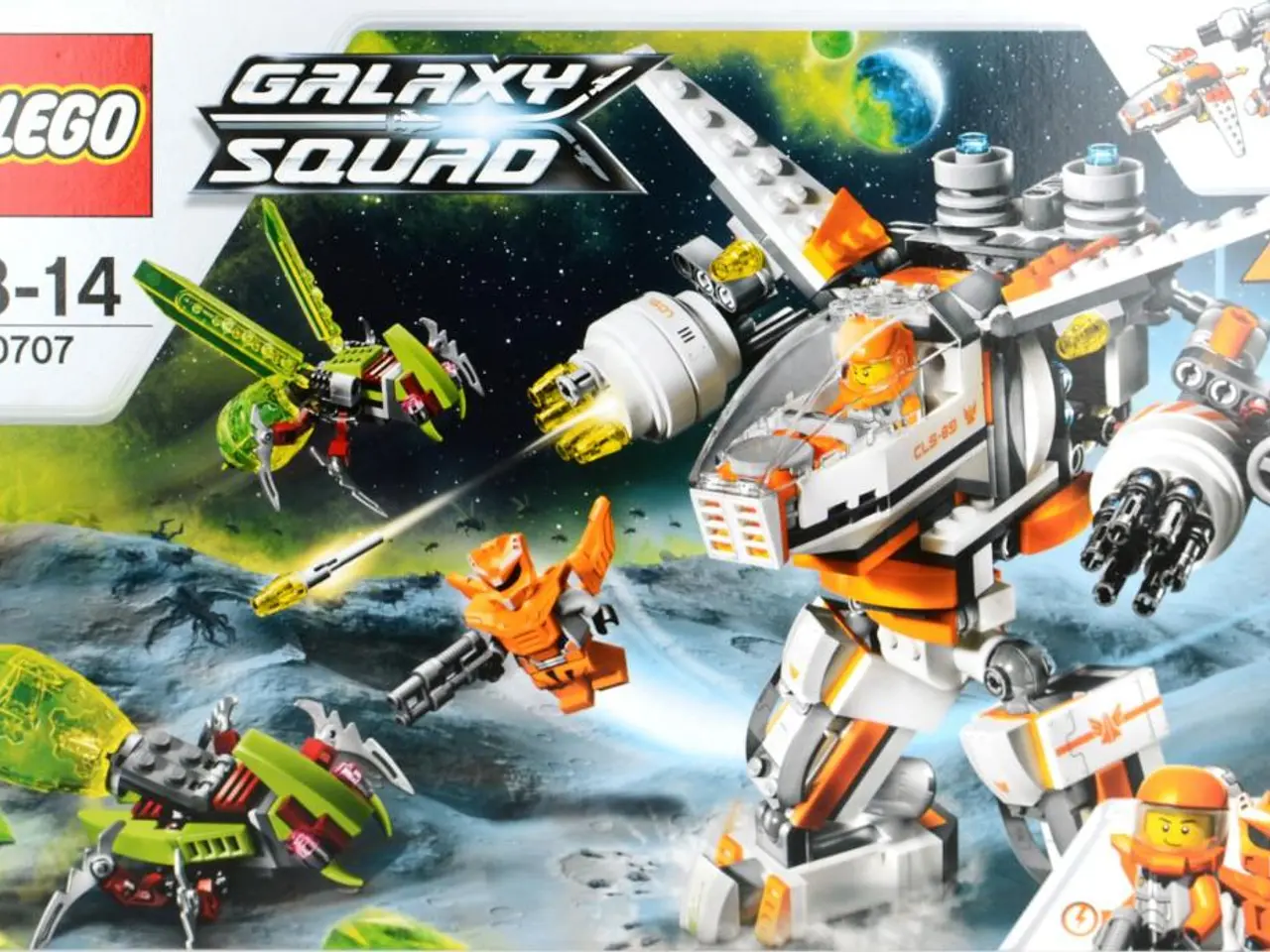Effortless Wireless Linking via Bluetooth in an Instant - Easy Wireless Link with a Single Tap: Bluetooth Connectivity
Bluetooth, a familiar name in the wireless communication world, has been a staple for approximately 25 years. Originating in the mid-1990s by Ericsson engineers, the technology was designed to replace cables, particularly for voice and data transmission between devices like mobile phones and headsets.
History and Evolution of Bluetooth
The Bluetooth Special Interest Group (SIG) was formed in 1998 to develop and promote the standard. Early versions of Bluetooth (1.0, 1.1) were optimised for basic data transfer and voice support. Over the years, subsequent versions have improved speed, range, and power efficiency.
Bluetooth 2.0+EDR (Enhanced Data Rate) greatly increased data transfer speed, while Bluetooth 4.0 introduced Low Energy (BLE) protocols, enabling Internet of Things (IoT) devices with reduced power consumption. Bluetooth 5 and later iterations expanded range and data throughput further and supported mesh networking for industrial and smart home applications.
Modern Usage in Devices and Industries
Bluetooth is ubiquitous across various consumer and industrial sectors, valued for its reliability, security, and ease of integration. In consumer devices, smartphones, wireless earbuds and headphones, smartwatches, laptops, and speakers commonly use Bluetooth for audio streaming, file transfers, and device synchronization.
Industrial applications benefit from Bluetooth, serving as a backbone for Industrial IoT networks. It enables automation, predictive maintenance, real-time asset tracking, and energy efficiency improvements. For instance, industrial Bluetooth-enabled devices facilitate smart lighting systems, electronic shelf labels, and factory workflow optimization.
Healthcare sector leverages Bluetooth technology for wireless medical devices, hearing aids, and patient monitoring systems, providing seamless and low-latency connections. Retail and supply chain also utilise Bluetooth beacons for electronic shelf labeling and inventory management, enhancing supply chain visibility and reducing waste.
According to industry research, Bluetooth-enabled industrial devices are expected to ship in the hundreds of millions annually by 2028, underscoring Bluetooth's expanding role beyond just consumer electronics into critical business and manufacturing infrastructure.
From controlling paper airplanes with a phone to adjusting smart toilet seats via a phone app, the versatility of Bluetooth technology is evident. Its continued evolution focuses on security, range, low power, and support for large device networks. Despite being slower than Wi-Fi for data transmission and having a shorter range, Bluetooth's unique features make it an indispensable component in our increasingly connected world.
Community aid is crucial for the advancement of research and development involving Bluetooth technology, particularly in gadgets and technology, as ongoing research and development efforts seek to improve speed, range, power efficiency, security, and support for large device networks. This collaborative approach will help Bluetooth continue to play a significant role in diverse sectors like consumer electronics, industries, healthcare, retail, and manufacturing, enabling features like smart lighting systems, wireless medical devices, and improved supply chain visibility.




